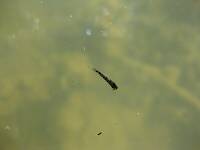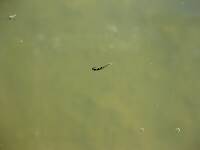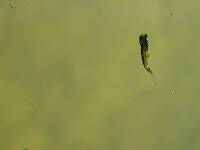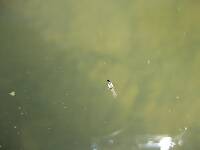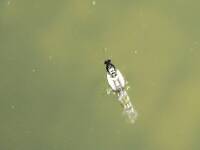
Blue-winged Olives
Baetis
Tiny Baetis mayflies are perhaps the most commonly encountered and imitated by anglers on all American trout streams due to their great abundance, widespread distribution, and trout-friendly emergence habits.
Featured on the forum

As far as I can tell, this species has only previously been reported from one site in Oregon along the Columbia gorge. However, the key characteristics are fairly unmistakable in all except for one minor detail:
— 4 small yellow spots on frons visible in photos
— Narrow occipital spinule row curves forward (but doesn’t quite meet on stem of ecdysial suture, as it's supposed to in this species)
— Short spinules on anterior margin of front legs
— Short rposterior row of blunt spinules on abdominal tergae, rather than elongated spinules dorsally
I caught several of these mature nymphs in the fishless, tiny headwaters of a creek high in the Wenatchee Mountains.
— 4 small yellow spots on frons visible in photos
— Narrow occipital spinule row curves forward (but doesn’t quite meet on stem of ecdysial suture, as it's supposed to in this species)
— Short spinules on anterior margin of front legs
— Short rposterior row of blunt spinules on abdominal tergae, rather than elongated spinules dorsally
I caught several of these mature nymphs in the fishless, tiny headwaters of a creek high in the Wenatchee Mountains.

Troutnut is a project started in 2003 by salmonid ecologist Jason "Troutnut" Neuswanger to help anglers and
fly tyers unabashedly embrace the entomological side of the sport. Learn more about Troutnut or
support the project for an enhanced experience here.



Shawnny3 on May 8, 2007May 8th, 2007, 3:42 pm EDT
Here are a few pics of my cicada ties I discuss in http://www.troutnut.com/topic/688. I am embarrassed to share pictures of such (poor) quality on this venerable site, but this is the best I can do without my wife's help. Ugly pics of ugly flies, I guess - these flies aren't meant to be pretty. The body of each runs about 1-1/2" long.
-Shawn
-Shawn
Jewelry-Quality Artistic Salmon Flies, by Shawn Davis
www.davisflydesigns.com
www.davisflydesigns.com
Troutnut on May 18, 2007May 18th, 2007, 5:37 pm EDT
Those look good! Very generally "buggy," plus you nailed the bulky size and shape of the cicada and the segmented look of the abdomen.
Jason Neuswanger, Ph.D.
Troutnut and salmonid ecologist
Troutnut and salmonid ecologist
RleeP on May 19, 2007May 19th, 2007, 1:25 am EDT
Shawn:
Excellent!
I'll give them a whirl.
Lee
Excellent!
I'll give them a whirl.
Lee
Shawnny3 on May 19, 2007May 19th, 2007, 1:38 am EDT
Thanks, guys. I see Jason's cicada pics on this site show a bug that's more black and yellow, not so orangish. My guess is that different broods are slightly different colors. Since the hatch comes and goes so quickly (and doesn't repeat itself again for awhile!) it makes sense to try to be prepared ahead of time. But I'm not sure how you'd get a picture or a natural from your locale ahead of time, unless some old-timer has one from the last time they were around.
Best of luck, RleeP. Hope you get to fish the hatch of a lifetime - I wish I had.
-Shawn
P.S. By the way, Jason, the second fly is one I was fooling around with that time we went bass fishing and you were doing well on the DD. I had caught a few bass on it before, and what else am I going to do with them now? Not so great that day, though...
Best of luck, RleeP. Hope you get to fish the hatch of a lifetime - I wish I had.
-Shawn
P.S. By the way, Jason, the second fly is one I was fooling around with that time we went bass fishing and you were doing well on the DD. I had caught a few bass on it before, and what else am I going to do with them now? Not so great that day, though...
Jewelry-Quality Artistic Salmon Flies, by Shawn Davis
www.davisflydesigns.com
www.davisflydesigns.com
Martinlf on May 19, 2007May 19th, 2007, 1:42 am EDT
They look excellent to me as well. I believe the 17 year locust is generally more red or orange, while the annual locusts around here have green backs and grey bellies. Fly Fisherman had an article on cicadas with pattern (when the 17 year locusts were hatching a few years back) that I believe was called the mondo backing cicada.
"He spread them a yard and a half. 'And every one that got away is this big.'"
--Fred Chappell
--Fred Chappell
Quick Reply
Related Discussions
Topic
Replies
Last Reply
Re: The last few days of winter are over... spring steelhead and browns get hot! 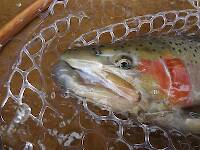
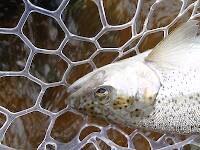
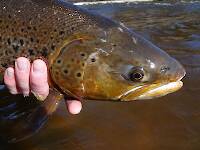
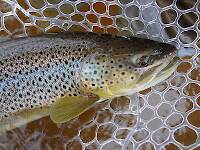
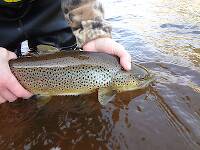
In the Photography Board by Pryal74
+ 7





In the Photography Board by Pryal74
11
Mar 16, 2012
by Pryal74
by Pryal74
Re: Some prospective brookie waters and a delightful surprise! 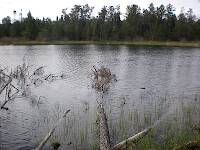
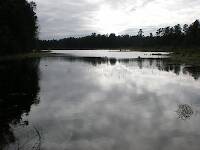
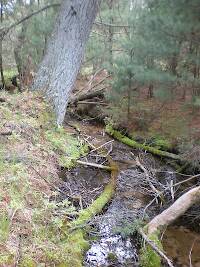
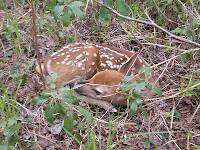
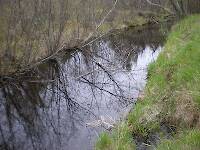
In the Photography Board by Jmd123
+ 6





In the Photography Board by Jmd123
4
May 30, 2011
by PaulRoberts
by PaulRoberts




